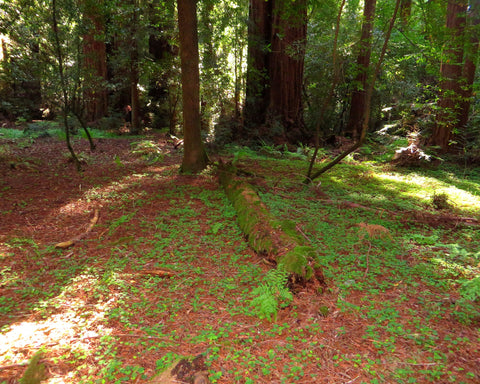+91 9493616161
+91 9493616161

India is divided into several climate zones, including tropical, subtropical, temperate, and alpine. Knowing your zone is crucial for selecting plants that can thrive in your local conditions.

Understanding your soil type (sandy, clay, loam, or silt) and the amount of sunlight your garden receives daily is essential. Perform a soil test to determine its pH and nutrient levels. Amend your soil based on the test results to create the ideal growing conditions for your chosen plants. Most plants thrive in well-draining soil with a neutral pH. Sunlight requirements vary; while some plants need full sun, others prefer partial shade or full shade.

When selecting plants, consider their water requirements, growth habit, and compatibility with your garden's existing flora. Native plants are often more resilient and require less maintenance. Kadiyamnursery.com is a great resource for finding plants that are indigenous to India, offering a wide selection of species that are well-adapted to the local climate and soil conditions.
While native plants are encouraged, exotic and ornamental plants can also be included if they are non-invasive and suited to the local climate. Plants like Bougainvillea, Petunia, and Marigold are popular for their vibrant colors and easy maintenance.
Develop a regular watering schedule based on the needs of your plants. Overwatering can be as harmful as under-watering. Mulching helps retain soil moisture and reduces weed growth. Regular pruning keeps plants healthy and encourages flowering and fruiting.
Choosing the right plants for your garden in India involves understanding your local climate, soil conditions, and the specific needs of each plant. By selecting the right combination of native and well-adapted exotic plants, you can create a vibrant and sustainable garden. Utilize resources like kadiyamnursery.com for native plant selections and consult trusted websites for additional gardening insights. Remember, gardening is a journey of learning and discovery; embrace the challenges and enjoy the rewards of nurturing your green space.
Leave a comment